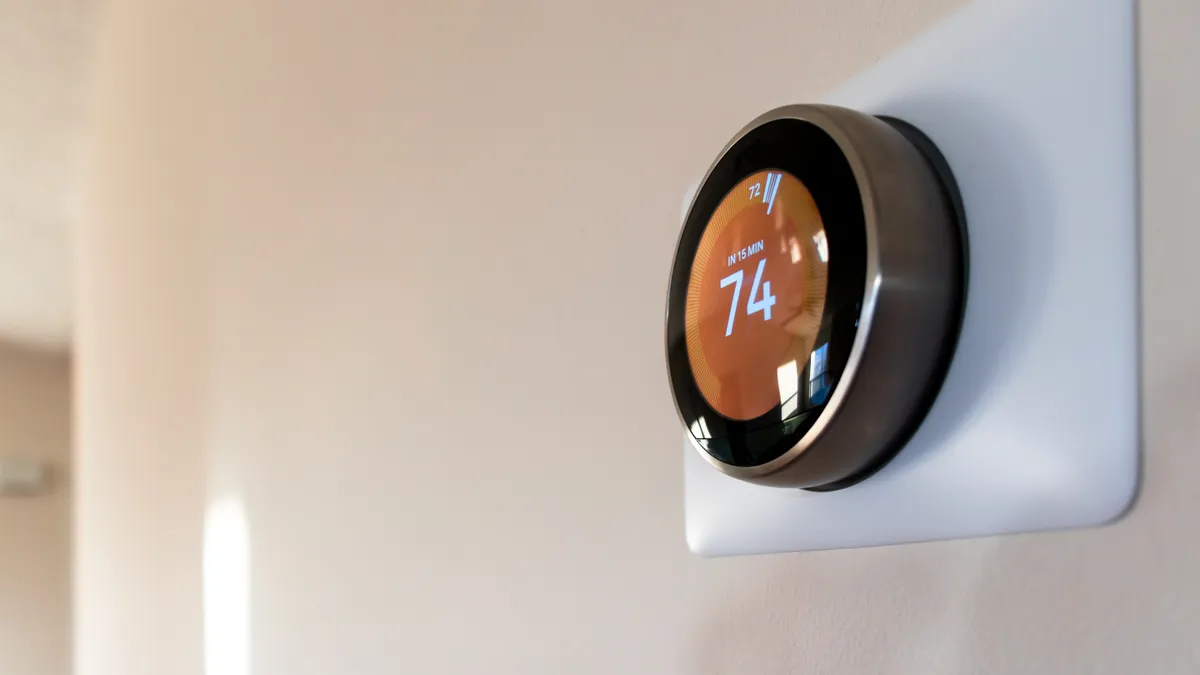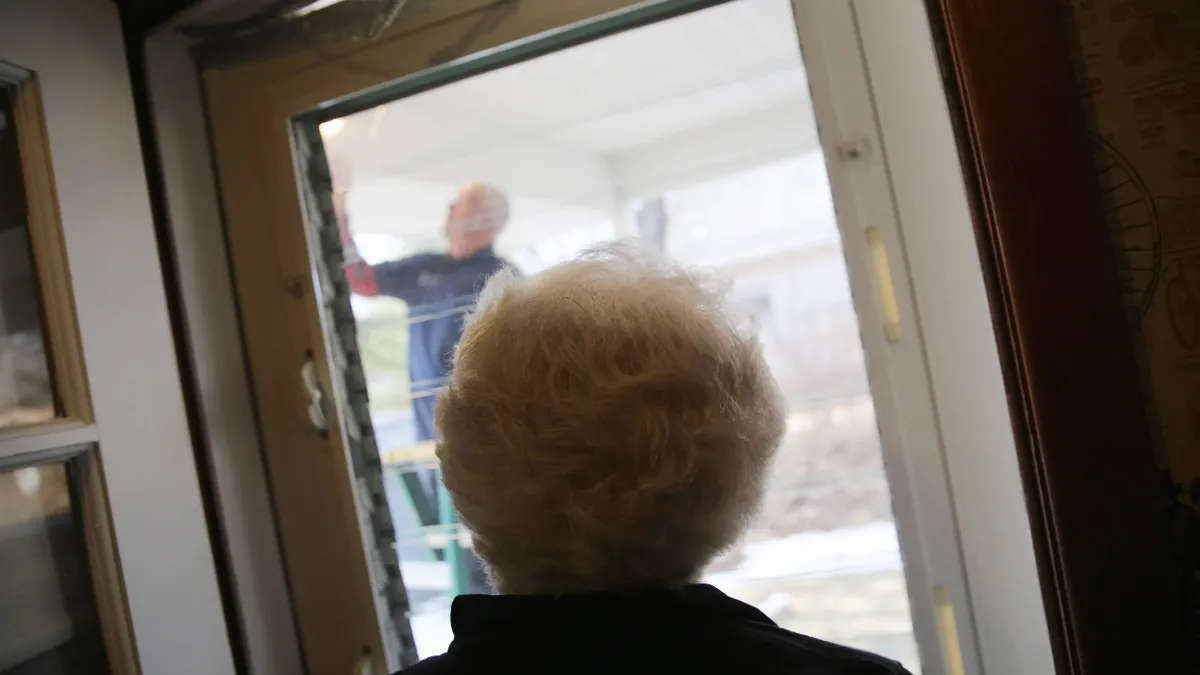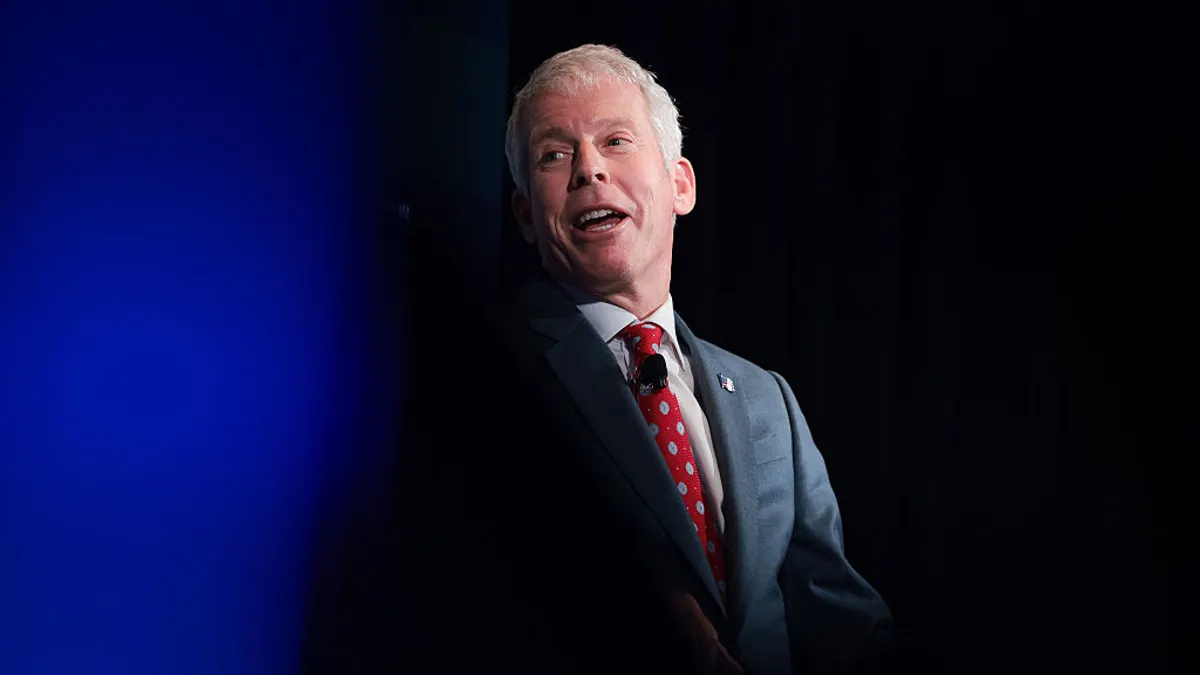A two-year pilot program testing time-of-use (TOU) rates has led officials at Sacramento Municipal Utility District to determine that variable pricing can help control peak loads and reduce the need for new generation. Ultimately, the utility decided, time-of-use should be made the default rate for all customers.
A final evaluation of the company's SmartPricing Options pilot was published late last year, and the findings showed the utility was able to shift up to 10% of its peak load to shoulder hours, while revealing other benefits as well.
“Customers loved it, we got some pretty good load shift and actually some reduction as well. The reduction wasn't nearly as big as the shift was, but any time you can get a little reduction in energy use in addition to shifting it's good,” said Erik Krause, SMUD's TOU rate manager.
The SmartPricing Options pilot began in 2012 as part of a larger, $308 million smart grid program, backed in part by a $127 million grant from the U.S. Department of Energy. A total of 11 utilities participated in researched aimed at studying dynamic pricing in different regions of the country.
SMUD's pilot returned more than just significant load shifts. The study showed that how variable pricing is implemented is critical to its success, what types of information customers respond to, and what they often ignore.
How the pilot worked
SMUD offered three pricing plans in the pilot, targeting a shift in its peak summer demand from 4 p.m. to 7 p.m.
“We've got about 400 MW of energy we use just during a short period of the summer, during that peak time,” Krause said. “If customers are able to shift out of that, we might be able to avoid buying power on the open market or building an extra power plant.”
Under a TOU rate option, participants were charged an on-peak price of 27 cents/kWh between 4 p.m. and 7 p.m. on weekdays, excluding holidays, and then reverted to a rate of 8.46 cents/kWh for the first 700 kWh they consumed.
Customers on the Critical Peak Pricing (CPP) option were charged 75 cents/kWh during CPP event hours, when temperatures were expected to be very high, and then reverted to 8.51 cents/KWh for the first 700 kWh.
A third rate option combined the TOU plan along with critical peak pricing.
Carol Stimmel, founder of utility consulting firm Manifest Mind, said pricing is a critical piece of making TOU rates work, but stressed that regional differences will also play a role. If the difference between a standard and peak or critical rate is "dramatic," she said said, "I think you will see people responding and I think that's one of the things we need to parse through. What makes a price change shift compelling?"
But in some areas the difference between peak and off-peak is small; some regions see more heating demand, others cooling. "Your pricing scheme really needs to reflect that," Stimmel said.
Given a choice, SMUD learned that customers prefer the TOU to CPP rate plans by about 2 to 1, and the utility realized that communicating critical peak events was more complex than originally believed. But perhaps more important than the rate plans is how customers were recruited. The utility marketed the programs to a set of customers who ultimately opted-in the the variable rates, and then defaulted in another set of customers.
Average reductions were higher among opt-in customers, Krause said, by roughly 50%. In the first year of the program the average peak-time reduction for an opt-in customer was 0.17 kW, versus 0.12 kW for customers defaulted into the rate. But despite the larger averages, a TOU default rate would still be SMUD's preference.
While other TOU pilot programs that allow customers to opt-in struggle to get 10% of the the customers they reach out to on a new rate program, SMUD found that its retention rates for customers defaulted into the program was about 90%. So, even if each defaulted-in customer saved a bit less than the ones who chose TOU, the overall savings and load shift was much greater. Plus, SMUD saved on all the customer acquisition costs with defaulted-in customers that would have been spent to attract them to the new program.
“There is a difference [in energy savings], but it definitely did not outweigh the costs of recruiting. It didn't overcome the added load you save just by having a volume of customers,” Krause said. “You've got to spend a lot of money to recruit customers to join by choice. … You're going to get a better impact on your load by getting customers on [TOU] as a standard rate.”
Ultimately, Krause said the utility was able to shift between 8% and 10% of its load outside the 4-7 p.m. peak time.
“From a long-term perspective, as we get more customers moved onto a time-based or a critical peak rate it will help avoid building more generation or purchasing power on the open market,” Krause said. "It won't necessarily help us reduce rates but it will help us avoid raising them further.”
SMUD will file for standard TOU rates
The pilot led SMUD officials to believe variable power pricing is the future, and ultimately the utility will seek to make the scheme permanent in some form.
Roughly 6,000 customers are still signed on to the SmartPricing Options rate, and Krause said the utility would continue offering it to them through 2017.
“From a long-term perspective, we're leveraging what we've learned on the communications side as well as the rate design,” he said.
SMUD is currently redesigning its rates, and will seek to offer a TOU rate, with no critical peak component, beginning 2016. That initial non-pilot variable rate will be offered to customers with solar panels and those currently on the TOU plan. Beginning in 2017, the same rate design will be available to all consumers on an opt-in basis.
A year later, Krause said the utility will ask its board of directors to move towards TOU as a standard rate, one that customers would be defaulted into and would have to opt out of if they were unsatisfied. SMUD will still need to go through a formal rate process to make that happen, but Krause said “we believe we should move to having time of use rates be standard in 2018. … You would still have a choice to opt out, but the standard rate would be time of use.”
Can in-home displays be cost effective?
SMUD's pilot offered some customers an in-home energy display which would show them how much energy they were consuming, but the devices will not be a standard offer with the rate in the future because of low utilization rates.
“We don't intend to offer in-home displays,” Krause said. “They are cost prohibitive and not a lot of customers used them.”
More than 60% of customers who opted into the program never connected the devices. And many people used the devices for a limited time and then stopped. But that has led SMUD to offer an innovative and free program which allows customers to “check out” an in-home display. “It works just like a book checkout from the library,” Krause said.
The problem is that most of the information coming off of the devices is static – your television washer and dryer should draw the same amount of power each time you use them, and so the devices eventually lose their usefulness. Under SMUD's check-out program, “people have them for about two weeks, check out what different appliances use and then from that point forward they know what the heavy-use items are in their home,” Krause said.
In home energy management, devices have a long history of limited use. Stimmel has authored research finding the future of the market is likely in service providers consolidating energy into their offerings, rather than individual monitoring devices. SMUD's program, which would lend the devices through the utility or a local library, is a way to make the devices more cost effective. It is one way to avoid the “mean time to kitchen drawer” problem, as Stimmel has called it, where customers stop using devices after their initial interest, and stick them in the junk drawer in the kitchen.
“At the end of the day, that's always been one of the biggest problems,” Stimmel said. “You find a lack of sustained interest. … It's interesting at first to learn how something works. In this case, how your home works. But after that, it's only interesting when there is a problem.”





















